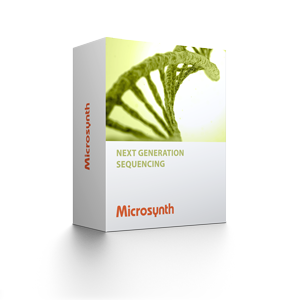
Back to top
Amplicon Deep Sequencing

Pinpoint mutations. Detect rare variants with confidence.
Whether for CRISPR verification, metabarcoding, or mutation profiling—amplicon deep sequencing delivers precise and reliable results, even for low-frequency events.
Whether for CRISPR verification, metabarcoding, or mutation profiling—amplicon deep sequencing delivers precise and reliable results, even for low-frequency events.
What You Can Achieve
- Identify single nucleotide variations (SNVs) and small insertions and deletions (InDels)
- Detect rare variants with high sensitivity
- Analyze targeted regions with high throughput
- Investigate specific regions of interest within a complex DNA background
- Parallelize Sanger sequencing for short DNA regions
Before You Start
To optimize your setup from design to analysis, consider the following:
- What is the length and location of your target region?
- How complex is your sample? What sequencing depth is required?
- What is the optimal amount and quality of DNA for your analysis?
Modular Workflow
Outsource the entire workflow—or select specific modules. Our process is designed for flexibility. Typical workflow steps include:
Bioinformatics Analysis
We offer customized analysis options to meet your specific research needs. For diversity detection, we provide:
- Data quality control
- Read clustering/dereplication
- Detection of SNVs and InDels relative to a reference sequence, including impact analysis at the protein level
- Comparative analysis and principal component analysis (PCA)
Turnaround Time
- 15–20 working days for sequencing
- +3 working days for full analysis
- Express delivery available on request
Sample Requirements
- Buffer recommendation: 10 mM Tris-HCl (pH 7.5–8.5)
- Important: Avoid any buffers containing EDTA >1mM
- DNA quantification: Use fluorometric methods (e.g., PicoGreen®, Qubit®)
Sample amounts required for Illumina sequencing:
| Type of Library | Amount (µg) | Concentration (ng/µl) |
| 1st or 2nd step Nextera PCR product | >0.2 | >5 |
Notes
- We recommend reaching out to our team for guidance on primer design and multiplexing strategies.
- Custom setups and additional downstream analyses are available upon request.


